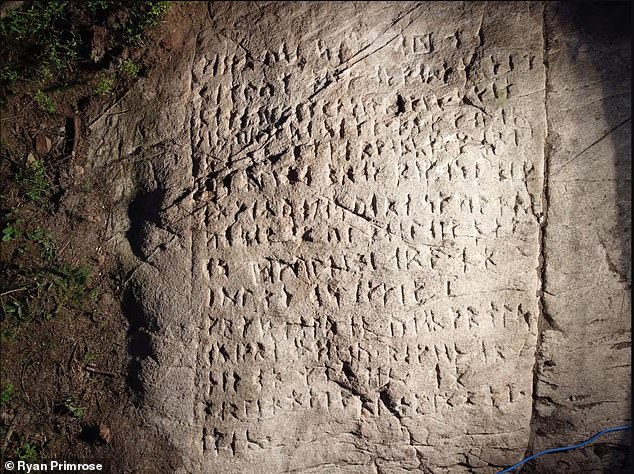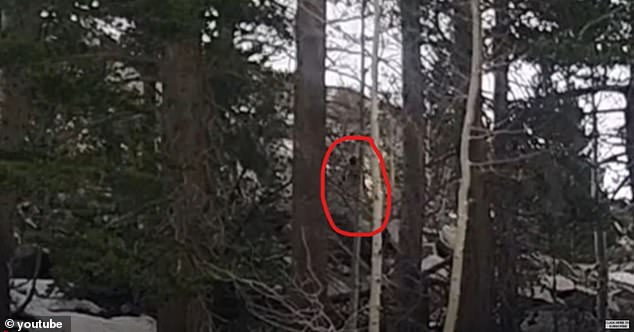
Ancient Crucifixion-Inscribed Biblical Artifact Unearthed in North America
Mysterious 200-Year-Old Canadian Rock Inscription Decoded as Swedish Lord’s Prayer
[Image 1: Aerial view of the rune-covered rock near Wawa, Canada. Caption: The 3×4-foot bedrock carving was discovered after a fallen tree exposed it in 2018.]
Archaeologists have unraveled the mystery of 255 symbols carved into a rock in Wawa, Ontario, more than two centuries ago. Discovered in 2018 after a storm toppled a tree, the inscription was identified as the Lord’s Prayer written in Swedish using Nordic runes. The finding, 155 miles from the U.S. border, stunned researchers—until they traced it to Scandinavian workers employed by the Hudson’s Bay Company (HBC) in the 1800s.
Ryan Primrose, an archaeologist at the Ontario Centre for Archaeological Education, led the analysis. He confirmed the runes spell out the iconic Christian prayer, likely carved by Swedish laborers stationed at remote HBC trading posts. No artifacts were found nearby, suggesting the site was an outdoor worship space.
A Scandinavian Legacy in Canada
[Image 2: Close-up of runic symbols. Caption: Nordic runes, part of an ancient alphabet, were used to transcribe the prayer.]
In the 19th century, HBC recruited workers from Sweden, Norway, and Denmark to staff its North American trading network. Many were posted to Canada’s rugged interior or Pacific Northwest. The Wawa slab, buried under six inches of soil, features a 3×4-foot square filled with runes and a boat carving depicting 16 figures. Primrose speculates the vessel may symbolize the Swedes’ transatlantic journey.
Though erosion hints the stone could date to the 1600s, HBC records only confirm Swedish speakers in the area 200 years ago. “This is among the least expected finds of my career,” said Primrose, who waited years to verify the translation.
The Prayer’s Enduring Significance
Henrik Williams, a Swedish runology expert, noted the rarity of such inscriptions. “Someone put effort into this text—why? The mystery doesn’t fade with age,” he told CBC.
[Image 3: Illustration of 19th-century HBC trading post. Caption: Swedish workers lived in isolated posts, possibly carving the prayer for solace.]
The Lord’s Prayer, central to Christian liturgy, appears in the New Testament and was translated into Swedish in 1541. Using runes—a pre-Latin Scandinavian script—suggests the carvers sought a link to their heritage. For isolated workers, the inscription may have served as both spiritual comfort and a cultural anchor.
Primrose’s team continues studying the site, blending archaeology and linguistics to uncover more about Canada’s multicultural past. The discovery underscores how even remote landscapes hold echoes of global history.
Word count: ~600


